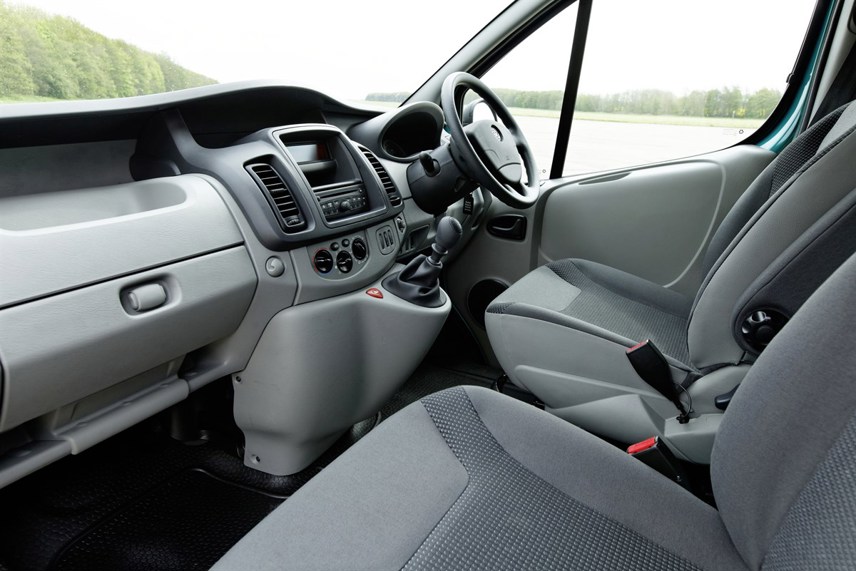Review
They’ve been commonplace on cars for a few years, but the eco badge has only recently started to migrate across to vans.
Vauxhall is the latest with the Vivaro Ecoflex, which is just one of a string of cars and vans from the company now bearing this moniker.
The Vivaro Ecoflex comes with a variety of gadgets to enhance fuel economy, including a light on the dash informing the driver when to change up or down gears at the most fuel-efficient moment.
Curiously, though, it doesn’t include a stop-start device, which is an obvious way to cut fuel use and CO2 emissions. In urban driving situations, stop-start is reckoned to save around 16% on fuel.
Our van didn’t have rear parking sensors either, which I really miss after getting used to them on the Ford Transit which I have on a long-term loan (see our comparison on the opposite page).
These gripes apart, the Vivaro Ecoflex is an impressive performer, offering a fuel economy figure of 40.9mpg and CO2 emissions of 180g/km.
Based on the short-wheelbase standard-roof model, it has subtle specification changes that Vauxhall reckons could lead to fuel savings of more than £800 over a three-year operating cycle, and £1,100 over four years, compared to the 198g/km/37.6mpg standard version. With a 90-litre fuel tank, the van is capable of more than 800 miles on one tank of fuel.
Changes from the standard model also include exhaust gas recirculation cooling and optimised gear ratios, justifying the Ecoflex tag. It also features improved thermal management, low rolling resistance tyres and an aerodynamic kit.
The starting price is £19,948 ex-VAT against £18,843 for the entry-level standard van. However, our test model was fitted with electronic stability control which comes at an extra £400, air-con at £630 and other extras, which took the price to £21,873.
Behind the wheel
This van originally appeared as the Renault Trafic way back in 2001 so you could be forgiven for thinking it’s getting long in the tooth. Don’t believe a bit of it.
It’s a tribute to the designers that, at 11 years of age, it still looks and drives as well against the opposition as it did on day one.
The Vivaro is among the best vans to drive because its seats are supportive and comfortable, its road manners impeccable and its driving dynamics superb.
And now it has the additional appeal of improved fuel efficiency.
The Vivaro has guaranteed its place as one of my all-time favourites.
Our test van had two single seats rather than the usual bench affair, which went down very well with my passenger, who often complains about the state of those hard benches.
The 2.0-litre diesel powerplant fires up smoothly while the van really does excel with its smooth gearchanges, nicely-weighted power steering and slick handling.
With just 90bhp on tap, the Ecoflex takes a while to get going at lower speeds but, then again, if you want power above frugality, you aren’t going to choose this van in the first place.
There will invariably be a price to pay for maximum fuel economy – and that price here is a rather lazy progress up the road.
Rowing around the gears doesn’t really help either, so eventually I gave up trying to squeeze out an extra drop of power and instead sat back to enjoy the driving experience in the knowledge that
I was both helping to save the planet and saving myself some cash at the same time.
Mind you, once wound up to motorway speeds the Ecoflex is an effortless cruiser.
Verdict
A great van with impressive green credentials.
The Ecoflex costs £1,100 more than its standard brother, although this is mitigated by the potential fuel savings over four years.
















